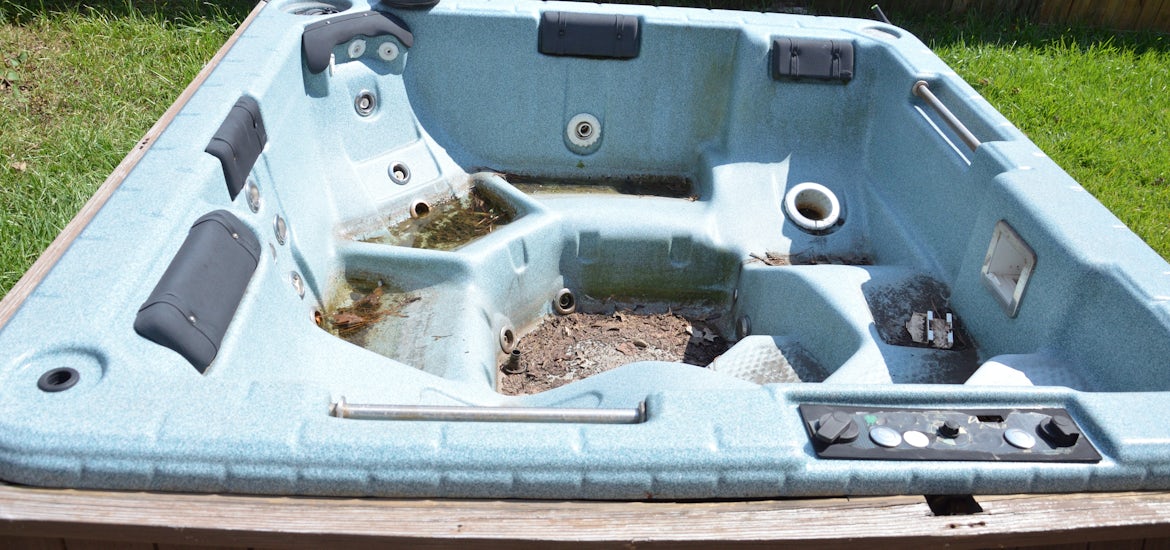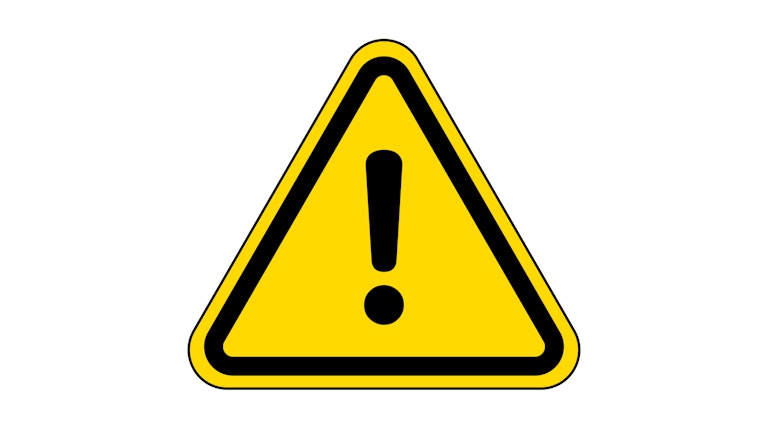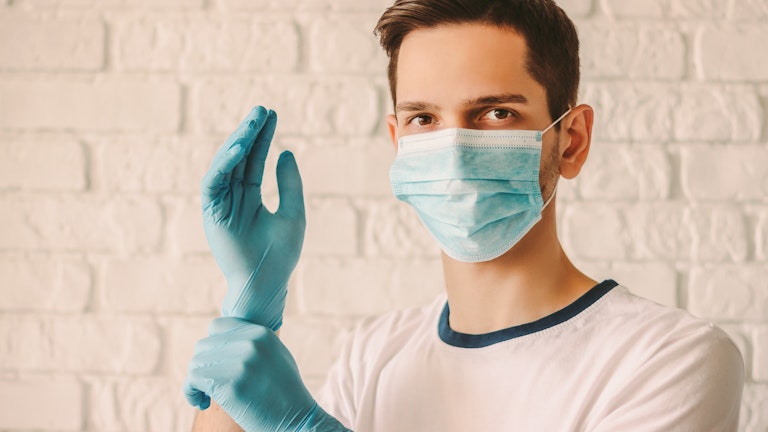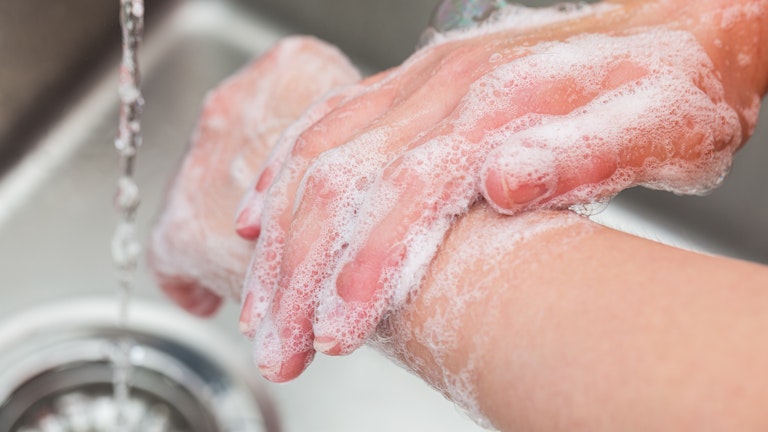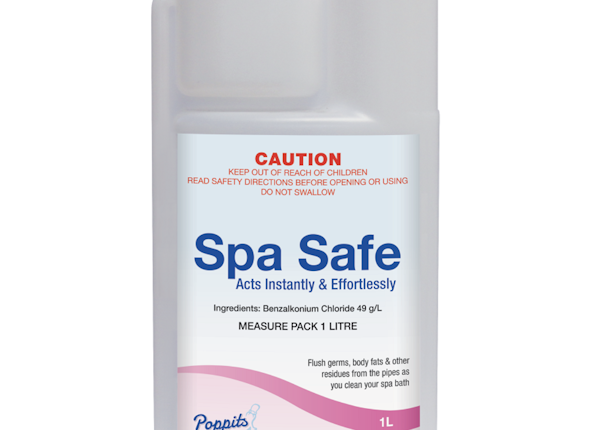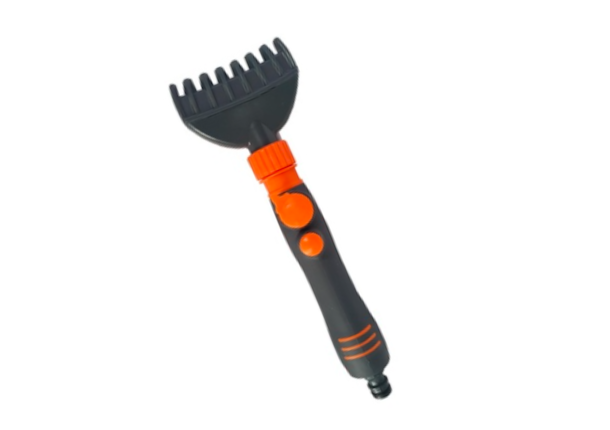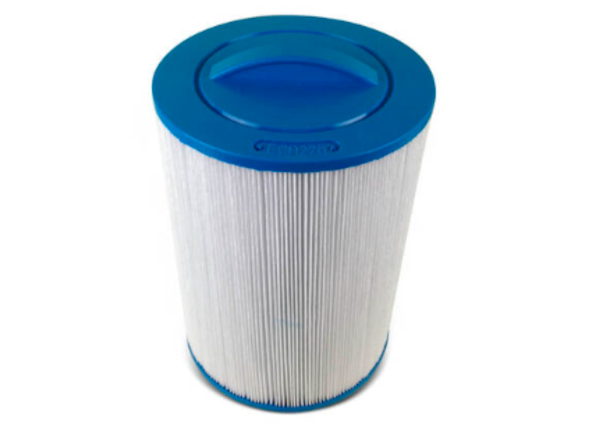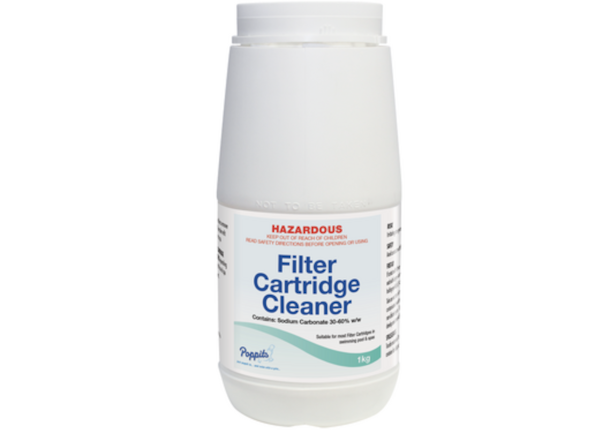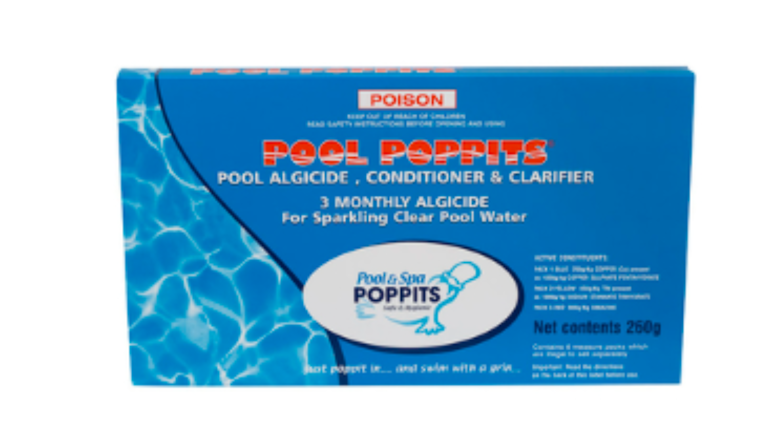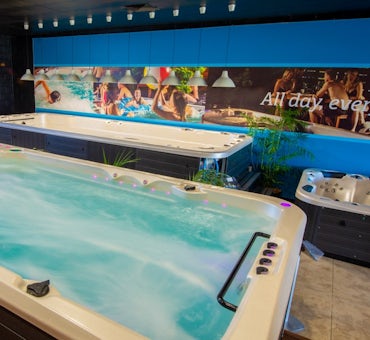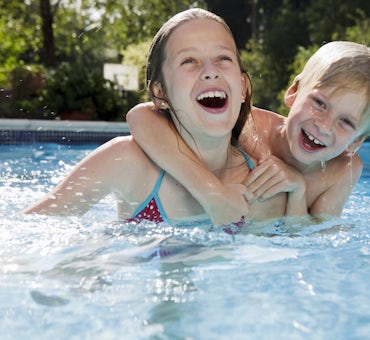Hurricanes, cyclones, storms and floods can cause big problems for spa pools and swimming pools.
Some of the problems you may face include silt, sediments and organic matter introduced into the spa or pool, a change in the chemical balance of the water or even sewage and dangerous bacteria washed into your water. In addition, electrical components can be damaged when submerged or water-logged.
These issues cause major headaches and there are a few pitfalls that you might not have thought about!
We’ve been in the spa industry for over 30 years, so we know a lot about spas and how to service them. We like helping spa owners get the best out of their spa pools, so we've put together this helpful resource to use when cleaning up after a storm or flood.
This article covers:
